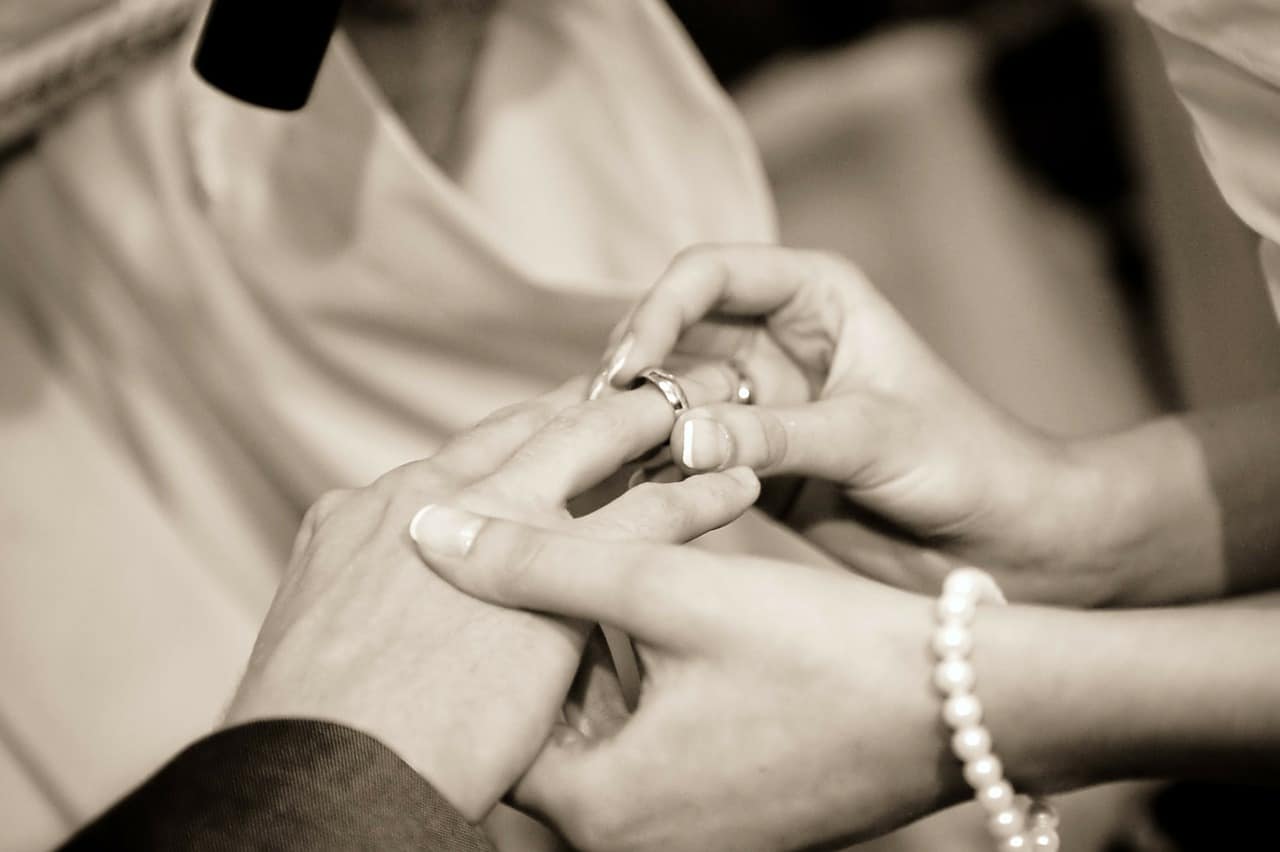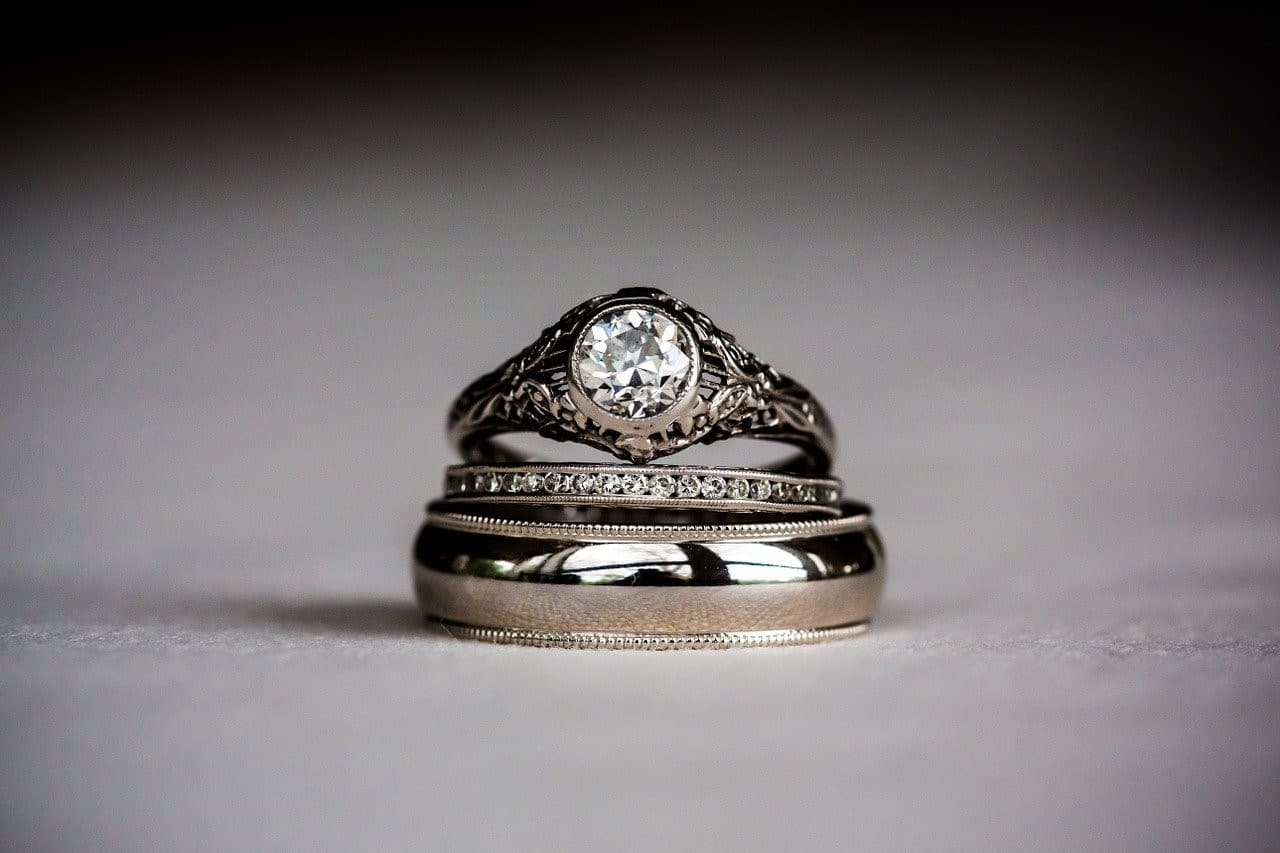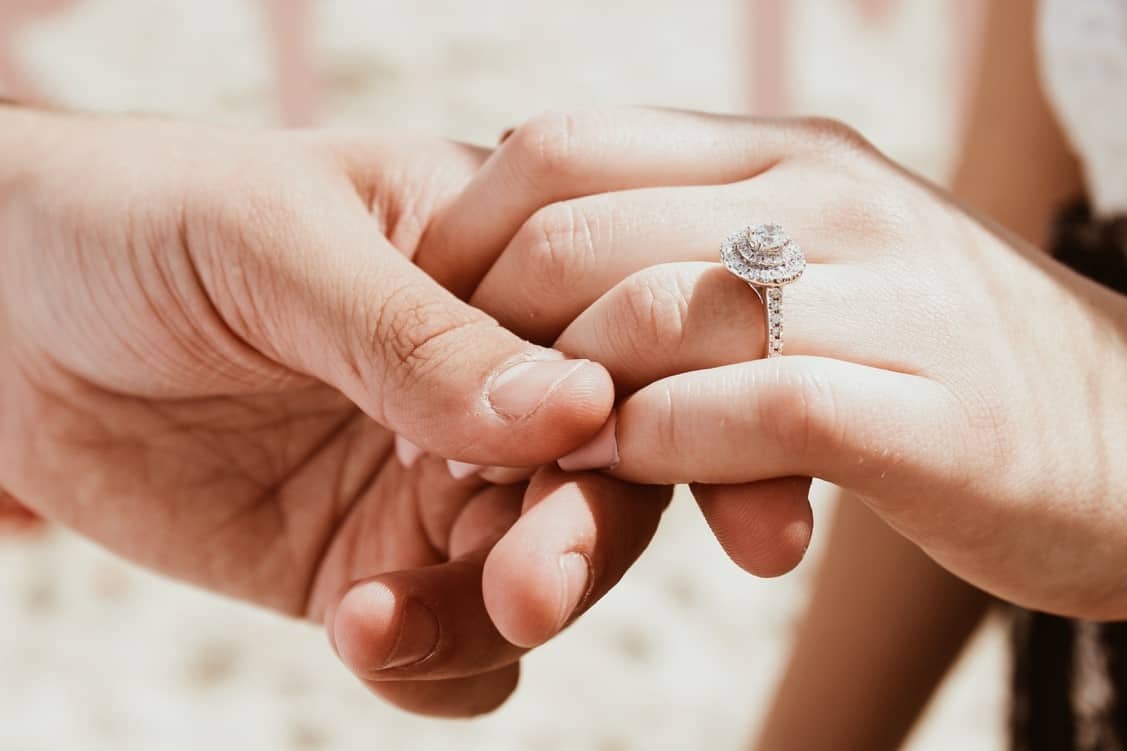Proposing to your partner is one of the most exciting parts of your relationship. However, the process can be quite intimidating, especially when it comes to picking the right size for the ring. If you miscalculate, you might wonder about the time it takes to resize a ring. Thankfully, resizing a ring could take less time than you might expect. Many are unaware that it is possible to get your ring resized.
How long does it take to resize a ring? The time it takes to resize a ring varies. Multiple factors determine this duration. Typically, it can take between 1 to 3 weeks, starting at roughly $30 for basic designs.
Factors such as the ring’s composition, its design, the initial and desired size, and the chosen service provider affect the timeframe and cost. Some rings, given their structure, might not be adjustable. For such pieces, jewelers offer solutions like sizing beads to enhance the fit.
Ring Resizing: Traditional vs. Quick Process
There are two options available for getting a ring resized: traditional and quick.
| Traditional Resizing Process | Quick Resizing Process | ||
| Step | Duration | Step | Duration |
| Customer goes to a retailer or physical store | Travel time depending on location and traffic | Customer ships the ring to a repair facility | N/A |
| Retailer or store ships ring to a repair facility or jeweler | 1 day to 1 week | Jeweler resizes the ring | 1 to 3 days |
| Jeweler resizes the ring | Around 1 week | Repair facility ships the ring back to the customer | 1 day |
| Jeweler ships the ring back to the retailer or physical store | 1 day to 1 week | ||
| Customer picks up the ring at the retailer or physical store | Travel time depending on location and traffic | ||
| Total | Around 3 weeks | Total | Around 1 week |
Conclusively, the quick method might take just a week, while the traditional method can take up to 3 weeks. Your choice will depend on factors like urgency, convenience, and budget.
However, factors such as the resizing direction (upsizing or downsizing), the extent of resizing, the ring’s material, and its intricacy can influence the duration. Regrettably, some rings can’t undergo modifications. Jeweler availability is another consideration to factor into the time it takes to resize a ring.
Upsizing a Ring

Jewelers have two options when having to upsize a ring.
The first is to stretch the metal of the band. This is the quicker of the two processes, as a jeweler can need as little as 10 minutes. Stretching is only recommended if the ring needs to be upsized by a quarter to a half of the ring size.
Larger alterations necessitate adding more metal to the ring. This is done by cutting the band, adding a bridge of metal, and soldering or lasering it back together. Then, the jeweler will polish and clean the shank so as to make it look brand new. On simpler rings, this process may take up to three hours.
Downsizing a Ring
To downsize a ring, jewelers cut the band in the back and remove enough metal to get it to the customer’s desired size. It is then soldered or lasered to put it back together, then polished and smoothened.
You may ask for the “cutout” or the leftover metal when the ring was cut. This can be useful to have on hand if you ever need your ring upsized again in the future.
As there is no additional material used in downsizing a ring, it is typically cheaper and quicker than having a ring enlarged.
Material of the Ring
Different metals pose varying resizing challenges. For instance, gold and silver are relatively pliable, while materials like tungsten and ceramic resist modification due to their inherent properties.
| Material | Resizable? | Explanation |
| Yellow gold | ✓ | Among the easiest metals and least inexpensive to resize. |
| Sterling silver | ✓ | Relatively easy to resize. |
| Palladium | ✓ | Similar to platinum in terms of characteristics; also used to make white gold rings. |
| White gold | ✓ | Resizable but takes more work; rhodium plating is reapplied to keep the white gold color. |
| Platinum | ✓ | Difficult to resize as specialized tools are needed because of platinum’s higher melting point. |
| Cobalt chrome | ✓ | It is possible to slightly upsize cobalt chrome rings as they are a little less hard than titanium. |
| Titanium | ✓ | Resizable, but many jewelers do not resize titanium as it is very difficult to work with. |
| Stainless steel | ✓ | Resizable, but very difficult to resize due to its remarkably high melting point. Like platinum, stainless steel requires specialized tools to work with. |
| Rose gold | ✗ | Rose gold is avoided or altogether not resized by jewelers because it tends to crack. |
| Tungsten | ✗ | Tungsten cannot be resized as it is too hard and brittle. It is also scratch-resistant. |
| Ceramic | ✗ | Ceramic wedding bands are extremely hard, thus making them unresizable. |
| Base metals (e.g. bronze, copper, brass, etc.) | ✗ | Base metals do not have the necessary metallic characteristics such as heat transference and a tendency for burning, making them easily damageable in resizing procedures. |
| Any non-metal material (e.g. quartz, wood, glass, etc.) | ✗ | These materials cannot be bent or cut, thus making them unfit for the resizing procedures. |
Design Complexity

A ring’s design, especially its band’s thickness, impacts the feasibility and expense of resizing. Intricate designs or those adorned with precious stones like diamonds complicate the process, prolonging the duration and increasing costs.
The Retailer/Jeweler
Jewelers’ proficiency and business policies can influence the price. While some might deny intricate resizing requests, others might charge extra for challenging jobs.
Cost
While it’s challenging to provide a one-size-fits-all cost estimate, the table below offers a ballpark figure based on the ring’s material.
| Material | Base Price/Range |
| Sterling silver | $30 to $40 |
| Yellow gold | $40 to $100 |
| White gold | $60 to $130 |
| Platinum | $60 to $300 |
| Palladium | $75 |
| Rings with precious stones and gems | $200 |
Where to Get a Ring Resized
Your original purchase may have included a free warranty or resizing. Check the details to see if it is still available.
Chain jewelry stores offer resizing services, though the tendency is that they may have to ship your ring to a separate facility or jeweler. This increases the waiting time, as you have to wait for your ring to be shipped to and from the facility.
Local jewelers, on the other hand, can provide quicker resizing services as they may have a workshop on site. If there are no other customers ahead of you, the jeweler may immediately start working on your ring. However, local jewelers will typically give a one-week quote just in case.
Online companies, such as Quick Jewelry Repairs, also offer resizing services. You have to supply information such as ring-type, original size and intended size, and so on, so they can give an accurate appraisal.
Alternatives to Resizing a Ring

If your ring cannot be resized, you can avail of sizing assistants or ring sizers that the jeweler can install to the ring to make it fit better.
- Sizing beads – small metal spheres soldered inside the ring on its back. This is particularly great for those with large knuckles; sizing beads give the needed space for your ring to go over your knuckle while staying in place at the base of your finger. They are also referred to as “ring bumps” or “speed bumps.”
- Spring inserts – a strip of metal placed in the band, allowing the ring to easily push over the knuckle. Spring inserts are more workable in terms of sizing, as it can be useful for one size smaller. Additionally, they are more comfortable than sizing beads.
- Ring guards – metal bars placed around the ring’s foundation at the band’s base. As ring guards are usually temporary, they are apt for people in the process of losing weight or whose fingers shrink in the winter. These are also called “ring guards,” and are cheaper, easier to apply, and more pleasant to use. Ring guards are recommended for metallic rings that are very difficult or cannot be resized.
- Adjustable shanks – an installed hinge that enables the ring to open when a small button is pressed with the tip of a pen or a tool. This gives easier access over the knuckle. Adjustable shanks, although more expensive, are an excellent permanent solution for rings that do not have the right fit. These are usually recommended for gold or platinum rings.
Final Thoughts
So, how long does it take to resize a ring? The duration and cost of ring resizing depend on various factors, from material to design complexity. With prices starting as low as $30, resizing can make your ring a perfect fit. Always consult with a jeweler for precise estimates.